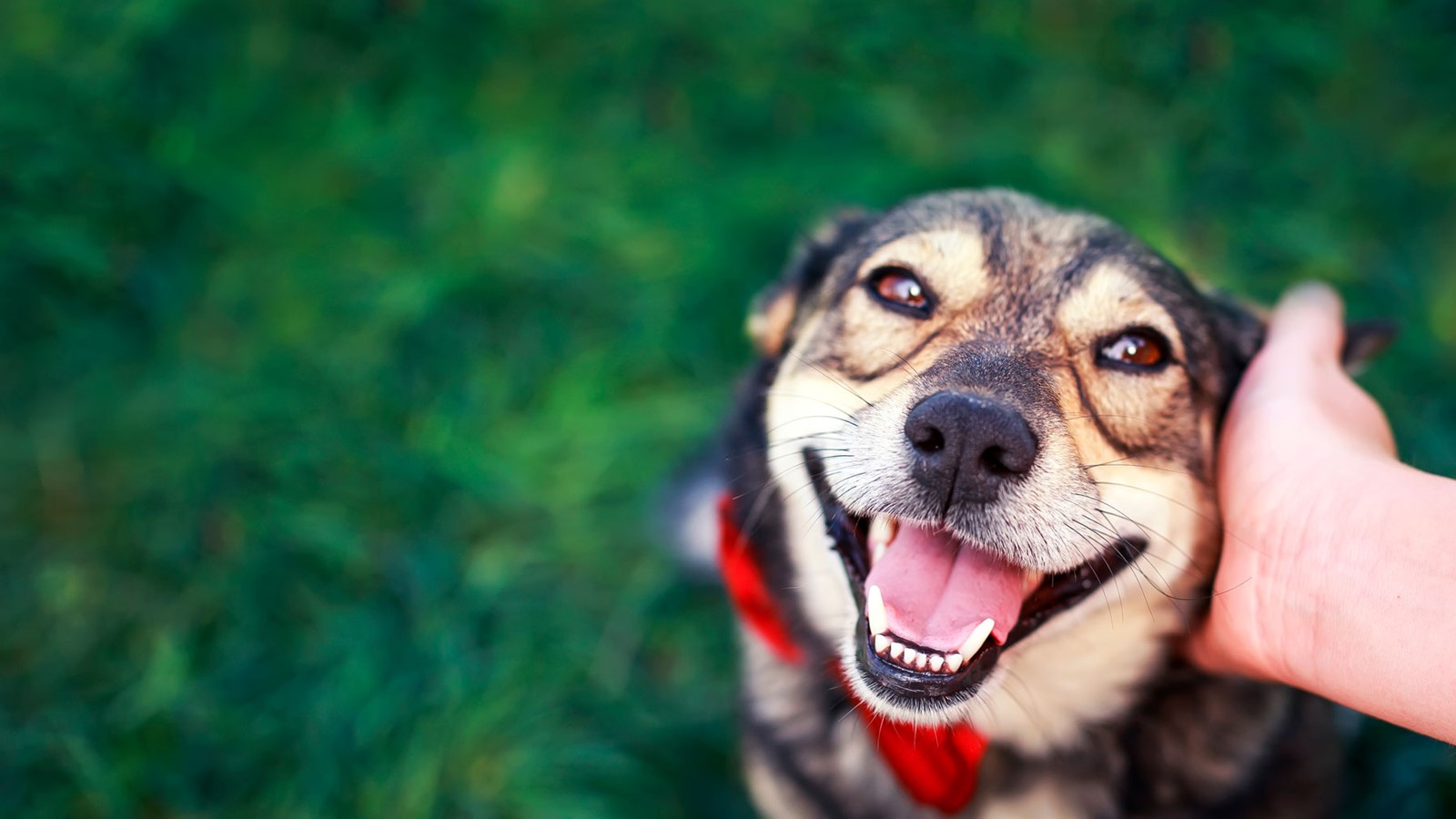As we celebrate National Love Your Pet Day, it’s an appropriate time to reflect on the healing power of pets, both in the therapeutic domain, the home and more recently, in the context of the pandemic. Domesticated animals have long been recognised for their ability to provide support and comfort to their owners and more recently, research studies have confirmed the positive benefits of pet therapy.
Animal contact can provide treatment for many illnesses, especially those related to mental health and therapy pets are now seen in a variety of locations such as care homes, correctional facilities, educational and mental health organisations.
Dogs are most used in treatment although farm animals, such as horses, llamas and rabbits, can be used as well as cats, certain fish, birds, ferrets and even boa constrictors! People of all ages, from young children and adolescents to older people, can benefit from animal-assisted interventions, especially those individuals with mental health disorders. Children bond naturally with animals, and individuals in palliative or hospice care are gently comforted by them.
Animals can work in many counselling settings

I've used my 12-year-old Cairn Terrier, Jock, in a variety of settings including the counselling office, hospice settings and care homes. I'm often asked how pet therapy works in counselling. Individuals suffering from mental health conditions are often mistrustful of human contact, whereas they might associate pets with companionship and nurture. During lapses in human relationships, pets can provide the emotional support that's often vital for survival. Animals can significantly enhance the counselling process by increasing the client’s sense of safety and providing opportunities for insight, growth and healing.
How does petting a dog enhance mood and increase a sense of wellbeing? Dogs are one of the few species that doesn't generally exhibit xenophobia – fear of strangers. In fact, dogs are usually xenophilic, they love strangers! Animals have the ability to increase self-soothing and feelings of attachment which is supported by the oxytocin hypothesis. This hypothesis suggests that, in the presence of an animal, humans produce the anxiolytic hormone oxytocin which leads to bonding and increased pro-social behaviour.
The COVID-19 pandemic raised some previously unexplored questions about the role of human and animal interactions in the context of nationwide social distancing and isolation measures. During the pandemic, individuals were to stay at home except for essential shopping and work-related travel, medical needs and one period of exercise per day. Recent research studies suggest that the vast majority of animal owners perceived their animals to help them cope within the confines of the pandemic context, and reported that pets provided an important source of emotional support during the lockdown period. Having a companion animal was associated with decreased deterioration in mental health and smaller increases in loneliness since the lockdown began.
National Love Your Pet Day is celebrated on 20 February. It seeks to show appreciation for all pets and encourages people to adopt those pets in need of a home, if possible. It advocates against animal cruelty and violence. It also highlights the importance of providing a home or shelter for unwanted pets. Here are some suggestions for celebrating National Love Your Pet Day, you can:
- show your pet something new: just like us, our pets love seeing new places! Change the location of your fish’s bowl, take your guinea pig on a tour of the house or take your dog for a walk on an entirely new route
- spoil your pet for a day: bring home a new treat or toy, serve up a favourite meal or simply spend some extra quality time with your pet and watch some pet-themed movies
- adopt a pet: get a pet of your own to love! If it’s within your means, consider adopting a pet in need of a home. Explore local organisations that rescue and re-home animals in your area. It’ll change your life in ways you never expected
Views expressed in this article are the views of the writer and not necessarily the views of BACP. Publication does not imply endorsement of the writer’s views. Reasonable care has been taken to avoid errors but no liability will be accepted for any errors that may occur.

